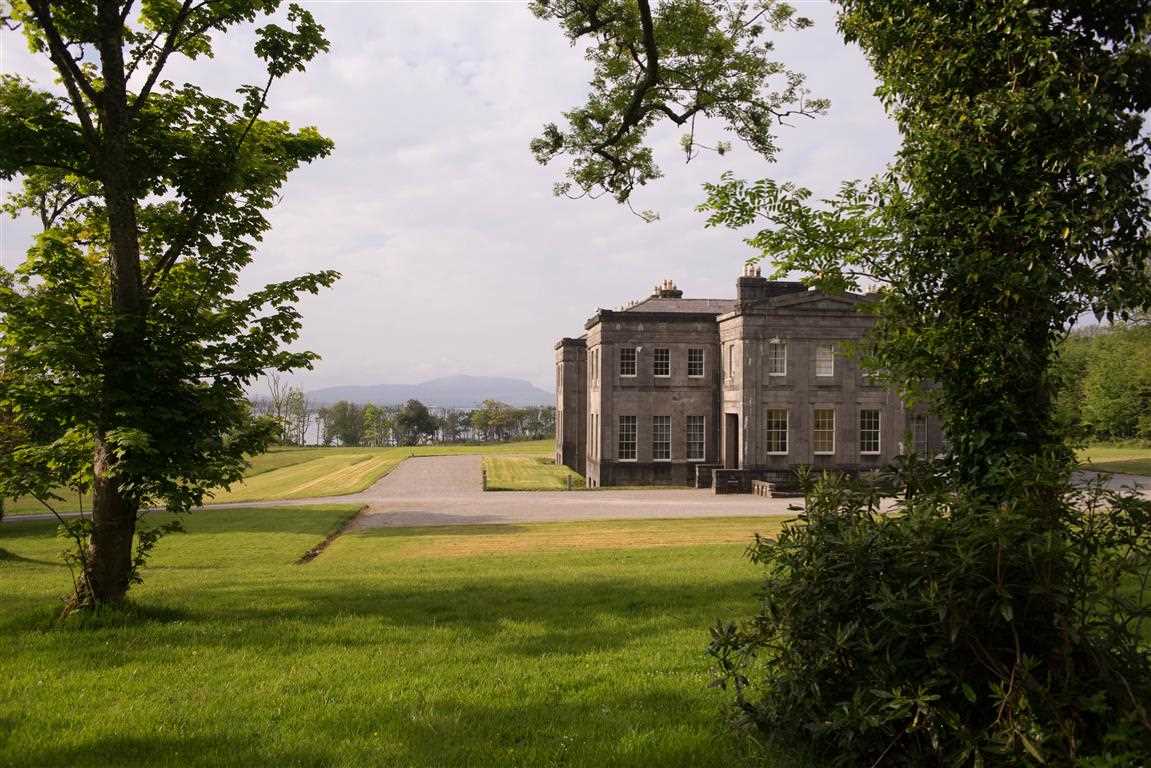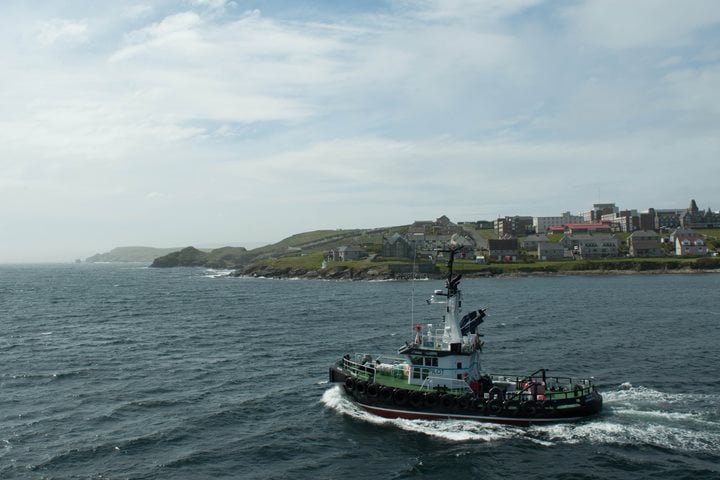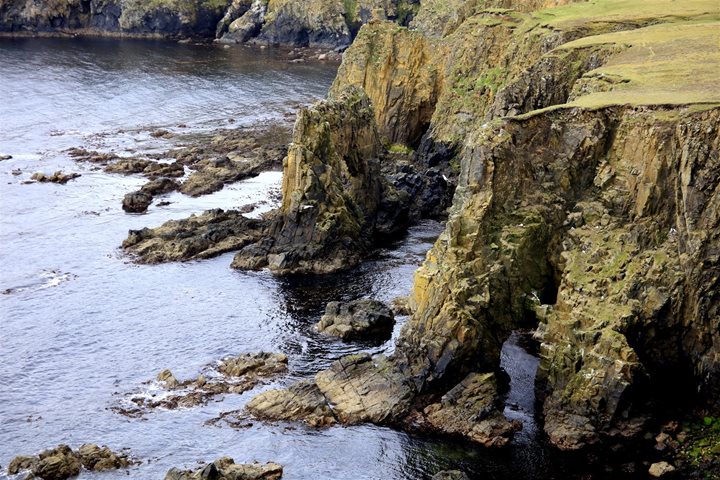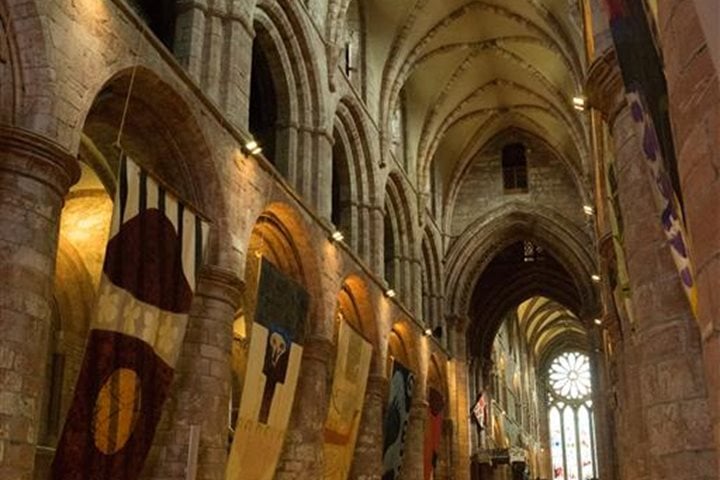The streak of warm, clear weather continued, catching the unpredictable side of Irish weather in our favor. We disembarked at Mullaghmore, a village on the Mullaghmore Peninsula in County Sligo. Some of the group went to Lissadell House, a spectacular neo-classical house and garden that is famous for its associations with activist and revolutionary Constance Markievicz, and poet William Butler Yeats. Others took in sights such as Glencar Waterfall and Medb's Cairn, as well as just enjoying the incredible beauty of the landscape and rich heritage of this part of Ireland.
In the afternoon the ship repositioned to Killybegs. The town, which is famous as one of Europe’s most important fishing ports and brings a great deal of wealth to the region, served as a base for our exploration of the area. Part of the group went on a hike to Slieve League, a mountain on the Atlantic coast of County Donegal with some of Europe’s highest sea cliffs. Others went to visit a local wool studio. The rugged landscape in this region, like many parts of the west of Ireland, lends itself to sheep grazing. Wool production, and the production of woolen products, are a long-standing tradition here. Those who chose not to join these activities instead set off to view a small selection of the vast number of archaeological sites that dot the landscape surrounding Killybegs, many of which are over 4,000 years old.
When the afternoon drew to a close, everyone convened at the Bay View Hotel bar to watch Muireann Nic Amhlaoibh and her band, who’d travelled from Dingle for the performance. It was a lively finish to our final day in Ireland and an appropriate goodbye to this beautiful part of the world.







